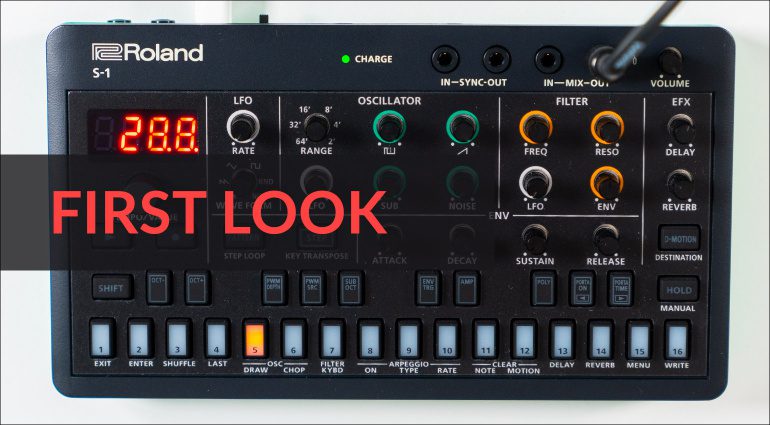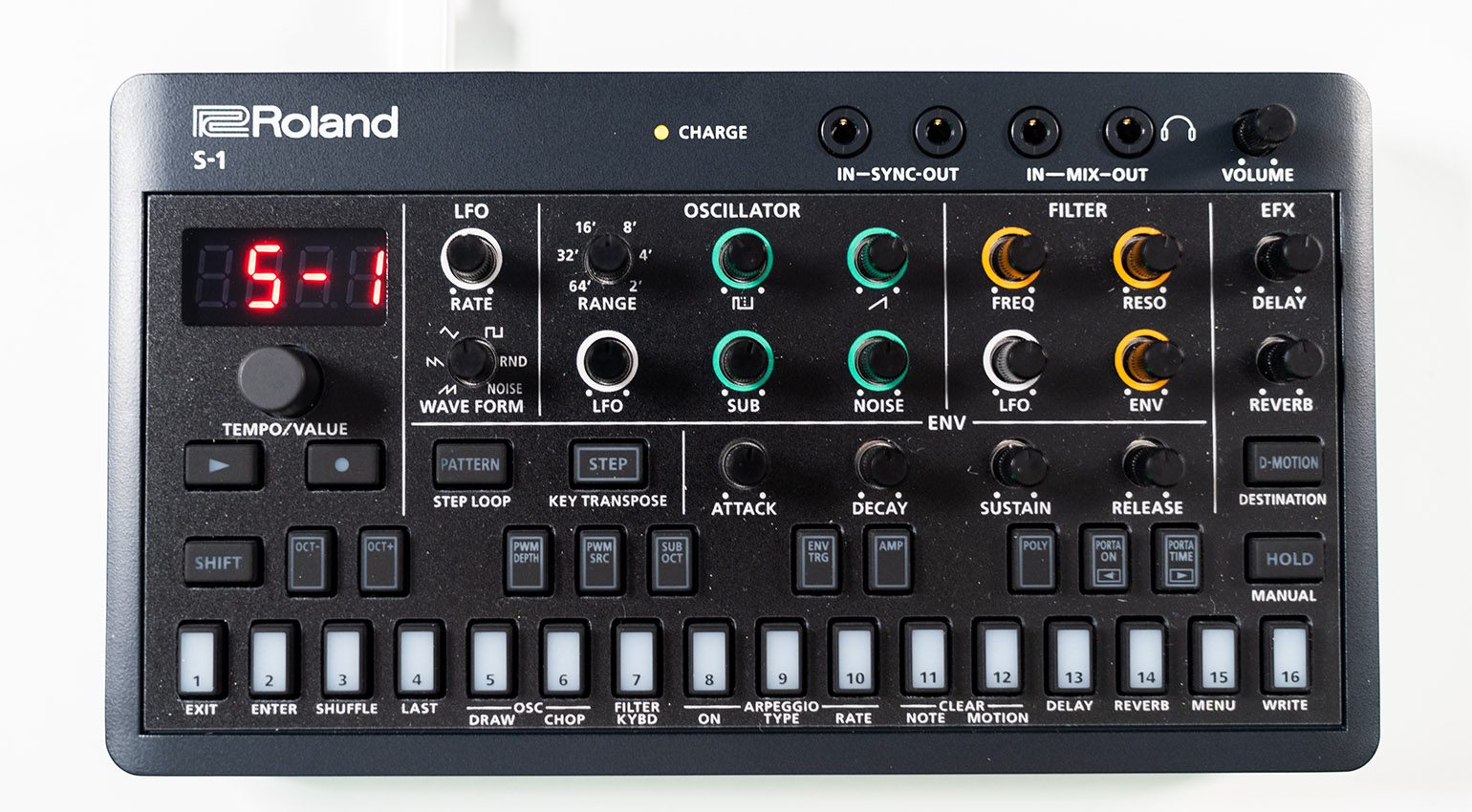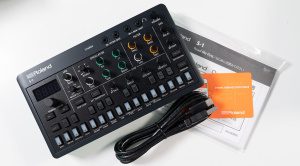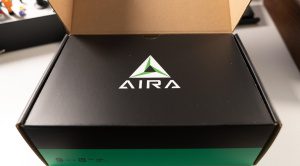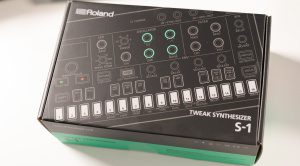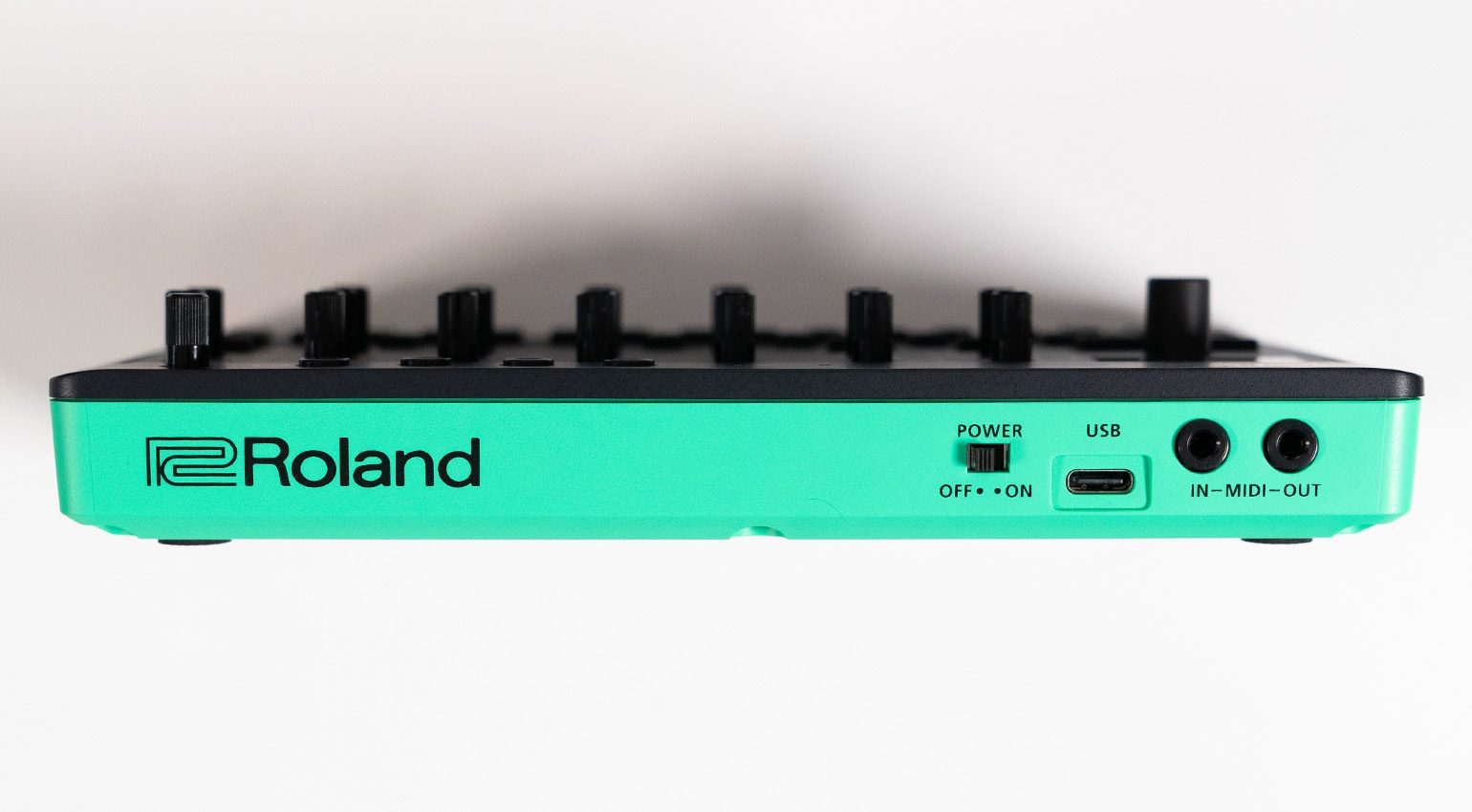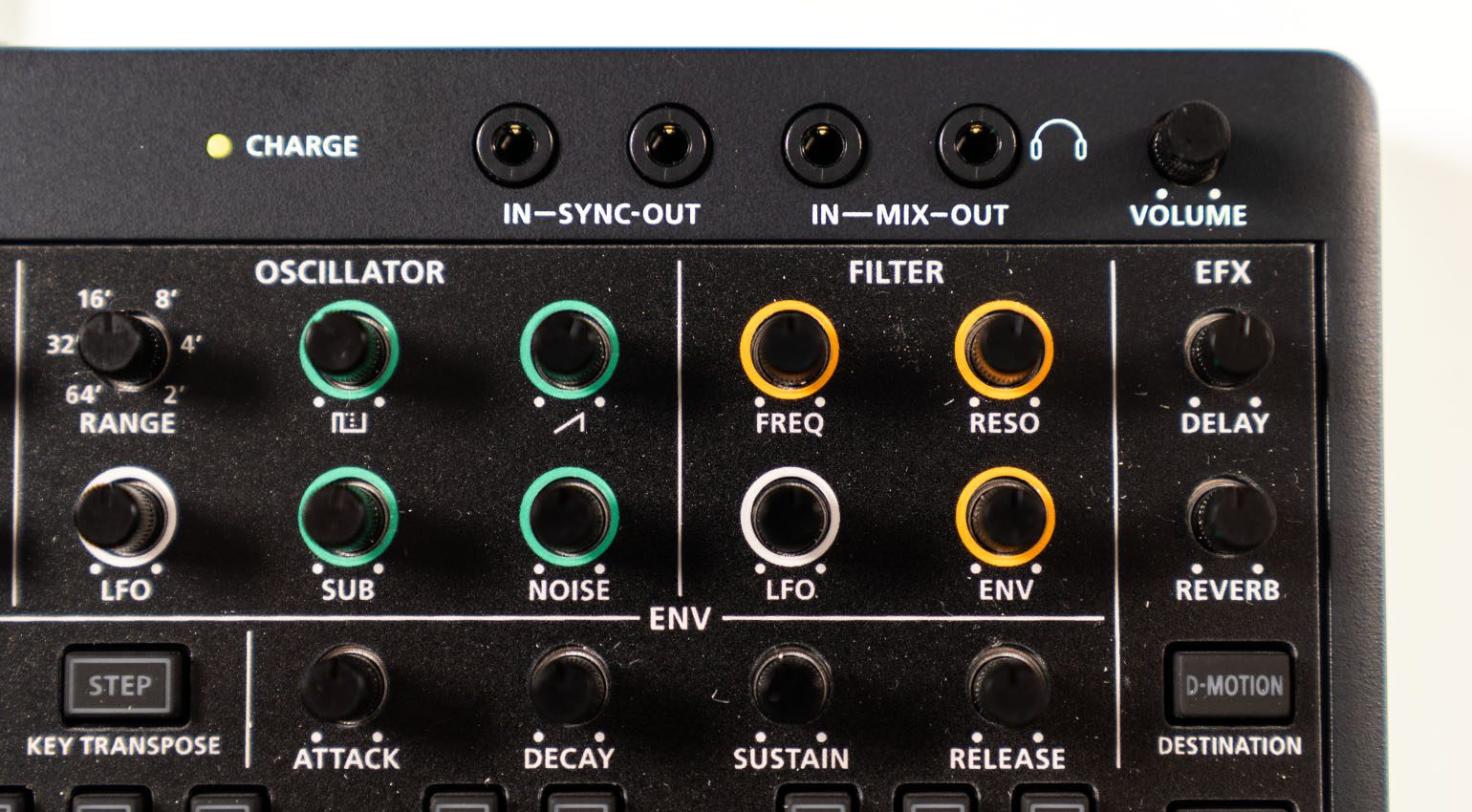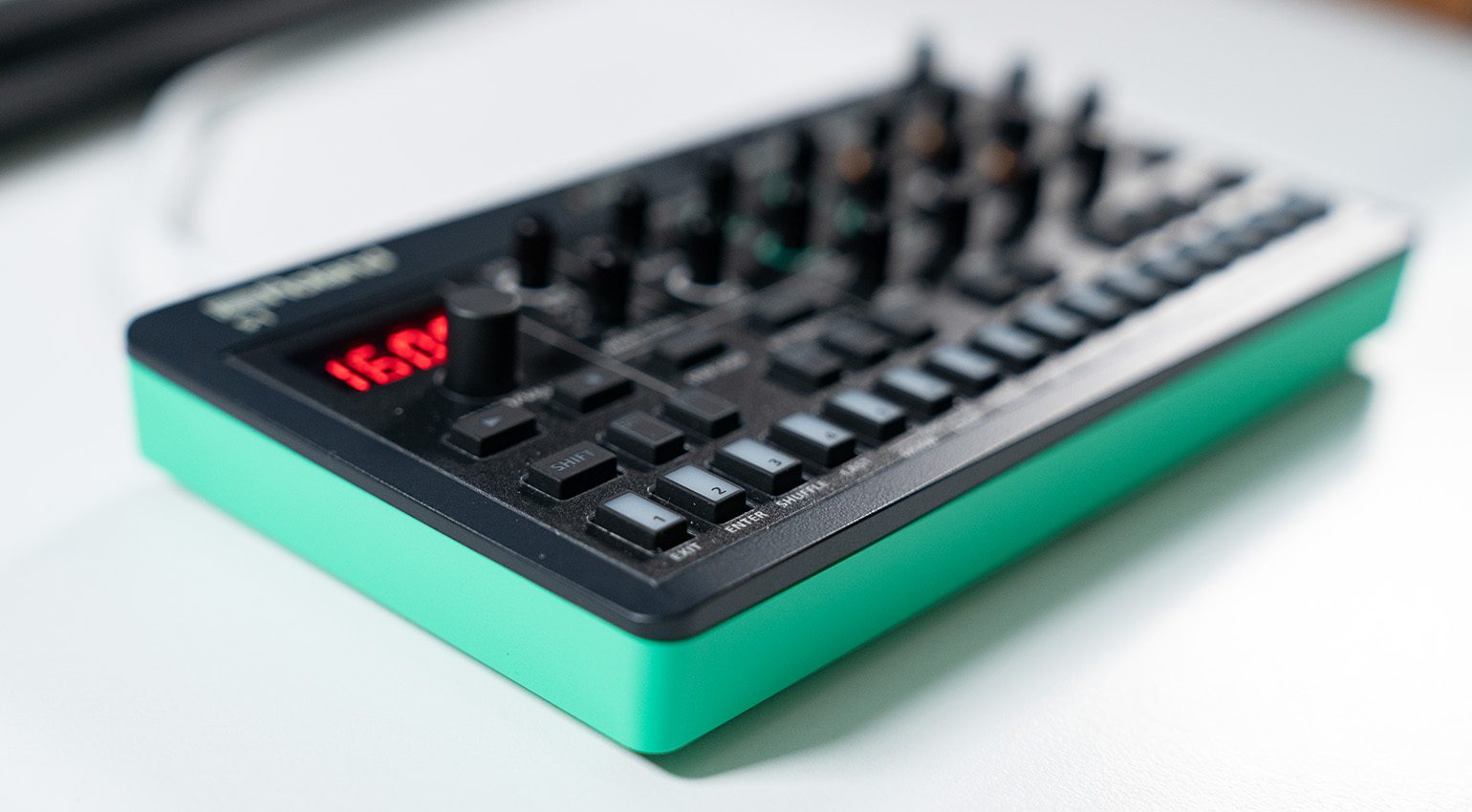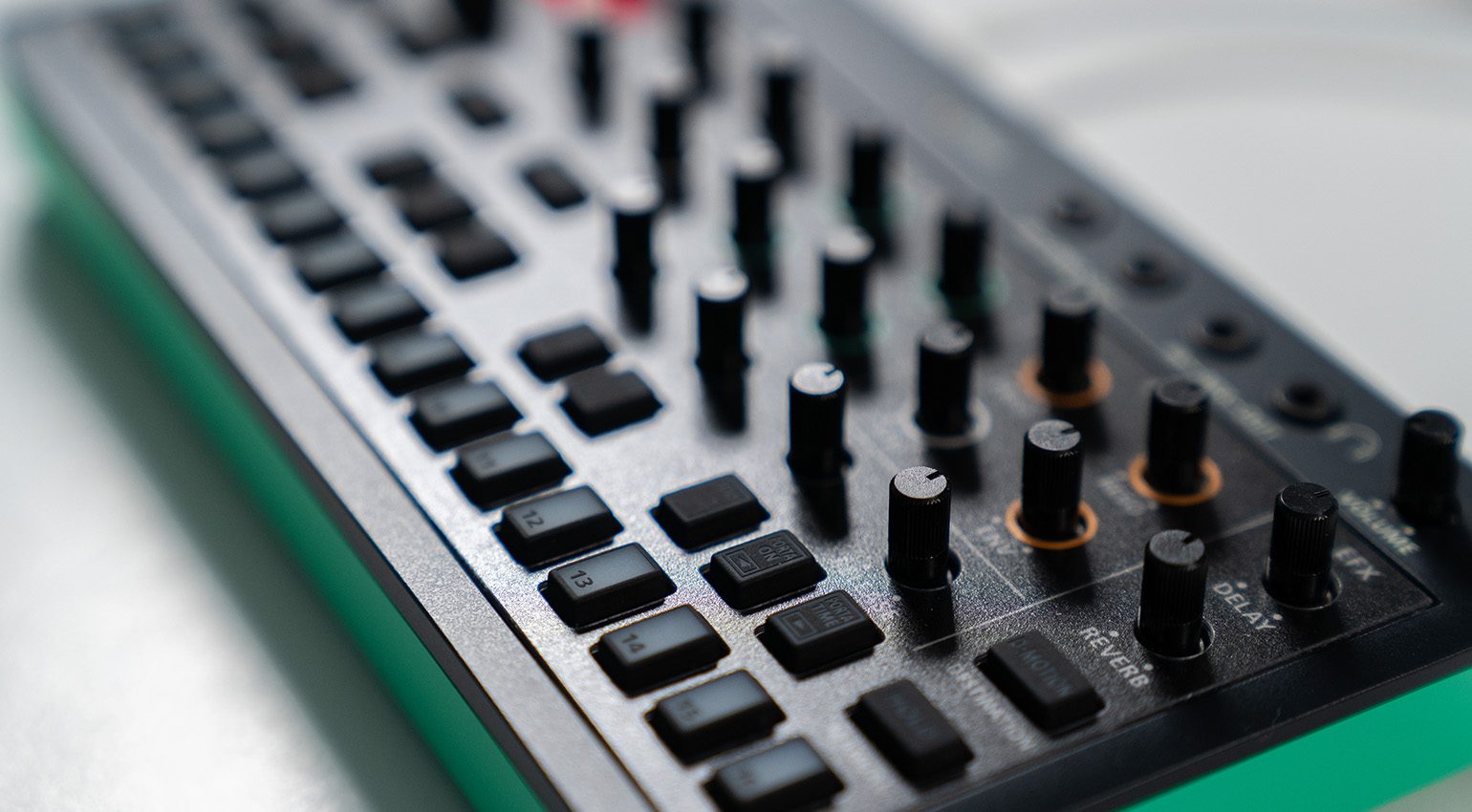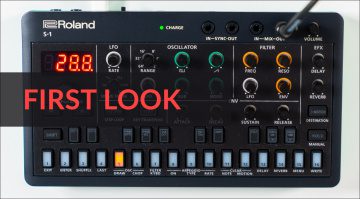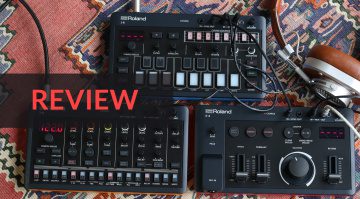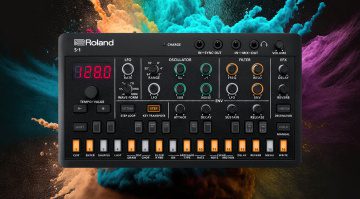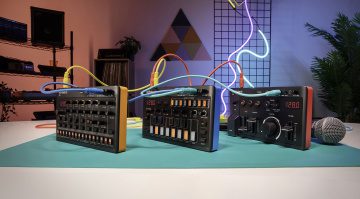First Look: Roland AIRA S-1 Tweak Synth – Pocket SH-101 Emulation
Pocket Synth with built-in battery and a gyroscope
A wild AIRA appears! Roland AIRA S-1 Tweak Synth is a brand-new addition to Roland’s compact desktop synth line. Just in time for Superbooth 2023, the Japanese giant releases a four-voice mini synth that looks a lot like a modern-day TB-303. But that could not be further from the truth. Because in this little box, another authentic Roland ACB emulation creates huge leads and bass sounds: the one and only SH-101. Equipped with a battery and a gyroscope, you can take the little synth (along with his AIRA friends T-8, J-6 and E-4) for a dawless jam to the park. But the S-1 brings some serious sonic capabilities to the table.
Originally published on Gearnews.de by Marcus Schmahl, translation by Julian Schmauch
Roland AIRA S-1 Tweak Synth – The highlights
- compact, light synthesizer
- mobile instrument
- battery with 4,5h runtime
- SH-101 Emulation
- DSP effects: Chorus, Delay, Reverb
- 64-step sequencer
- D-motion gyroscope
Beginning of a new AIRA: the S-1 Tweak Synth
The legendary Roland SH-101 in a tiny box, not much bigger than the palm of my hand? That’s right, this is what the Roland AIRA S-1 Tweak Synth promises. Roland’s proprietary ACB technology authentically emulates the techno heavyweight. Furthermore, Roland adds a variety of modern features to supplement the emulation. The S-1 is polyphonic, and houses a 64-step sequencer. There is motion recording for every parameter, D-motion gyroscope automation, a 4,5-hour battery, and much, much more.
But what does the new S-1 Tweak Synth sound like? And does it fit into my studio workflow as well as into a mobile production outside? I tested both for this review. Thank you, Roland, for providing a pre-release review unit!
Unboxing the S-1 Tweak Synth
Unboxing the S-1 synth is a rather simple affair. Of course, the bright green AIRA logo on the box catches my eye. But besides the surprisingly small hardware, there is a USB-C to USB-A cable, a short safety description, a card with the serial number, and a QR code to the companion website in the box. Visiting it is almost a must. There you’ll get tips and the manual, which is quite necessary to get deeper into S-1’s ins and outs.
- What’s inside · Source: Marcus Schmahl
- The AIRA logo · Source: Marcus Schmahl
- Unboxing the S-1 · Source: Marcus Schmahl
The little black and green synth’s look is very similar to the other pocket synths in the AIRA line. It also brings the same four rubber feet. Luckily, it does weigh enough (because of the built-in battery) to sit stable on the table. On its surface, you’ll find a variety of black and white rubber buttons as well as a couple of small knobs and a red LED display with four lines. You can connect other devices like a USB power supply, monitors, or headphones through a variety of I/O on the back and on the top.
Let me preface this review by saying that this little box is capable of much more than I can fit into the article. We’re only scratching the surface here, as I had to send the little box on its way after testing it for a couple of hours.
Generating Sound in the Roland AIRA S-1 Tweak Synth
As a premium member of GAS-Anonymous, I’m quite spoiled with instruments in this category, ranging from small to giant. Usually, these tiny plastic boxes lack “soul” or “feeling” and feel more like toys than serious instruments. But the Roland AIRA S-1 Tweak Synth surprised me in this regard. Its sound quality is supreme. The fat-sounding output of the little box blaststing on my monitors put a smile on my face more than once. Ultra-wide and warm arpeggios, a pretty well-sounding filter with additional resonance together with reverb as well as a bit of chorus or delay and a pinch of modulation: what more do you need?
You can mix two oscillators (one saw, one square/pulse) with an additional sub-oscillator and a noise generator for the initial sound. The pitch for each oscillator is set through a common knob between 64 and 2′. That creates some interesting possibilities for pitch variations during a sequencer run. Furthermore, this section houses a chop mode with an added comb filter for plenty of additional harmonics, as well as a draw mode for the oscillators to create your own waveforms.
Modulate, control, create
Further tone shaping happens through the adjustable low pass filter with resonance. Even a gnarly Acid bass line is possible with it. Of course, there are more than a few modulation sources and destinations on the Roland AIRA S-1 Tweak Synth as well. The usual suspects, an envelope generator (both for the amp and the filter cutoff) and an LFO are there. The LFO has two knobs, one for its rate and one for seamlessly changing waveforms (sine, saw, random, noise). Both oscillator pitch and filter cutoff can be modulated with different strengths (from negative to positive).
For all your live performance needs, Roland has added a D-motion gyroscope (just like it did on the SH-4d). So you can shake and juggle the tiny boy to modulate and remote control a variety of parameters. This might not be the next best thing for a studio session, but it sure does seem like something that can make mobile music making a bit more playful.
Sound design on the Roland AIRA S-1 Tweak Synth
But that’s not all by a long shot. You can route external audio sources into the Roland AIRA S-1 Tweak Synth and mix them with the internal signal. This way, you can combine sounds from the range of the little AIRA boxes into a whole synth orchestra. The sequencer with its 64 steps is another highlight. Having so many steps gives room for quite a bit of flexibility when it comes to creating melodies, chord progressions, or bass lines. In addition, you can save parameter movements or static settings per step.
Every move of a knob is then added (or subtracted) from its current value. This creates a whole new dimension for live performance! Furthermore, you can send the oscillators and the noise generator through separate routings to the output (or the effects). I’ve created a little hands-on video, so you can get a better impression of the S-1’s sound and capabilities.
You are currently viewing a placeholder content from YouTube. To access the actual content, click the button below. Please note that doing so will share data with third-party providers.
Conclusion
The Roland AIRA S-1 Tweak Synth is much more than a toy synth or a gimmick for your studio. It sports the typical, very authentic AIRA sound and brings some serious modulation capabilities to the table. Having 64 steps not only for melodies or bass lines, but to modulate just about any parameter, makes this little box an absolute sound design powerhouse. You can create sounds with the S-1 for just about any genre.
The workflow, however, is something to get used to, both for beginners and “pros”. Because the manual needs reading, quite a bit and quite often at that. The little display is far from informative, most of the time the cryptic numbers confuse more than they help. Endless menu-diving happens more than I would have liked. And I witnessed the typical USB noise issue in my studio as soon as I connected the synth to my Mac. But if the S-1 solely runs on battery with a MIDI connection, it remains noise-free, however.
But for 200 Euros you get a pretty well-sounding synthesizer and sequencer with a slew of modern features that are bound to end up on a lot of stages.
Price and Specification
Roland AIRA S-1 Tweak Synth is available right now at Thomann (Affiliate) for 199,00 Euros.
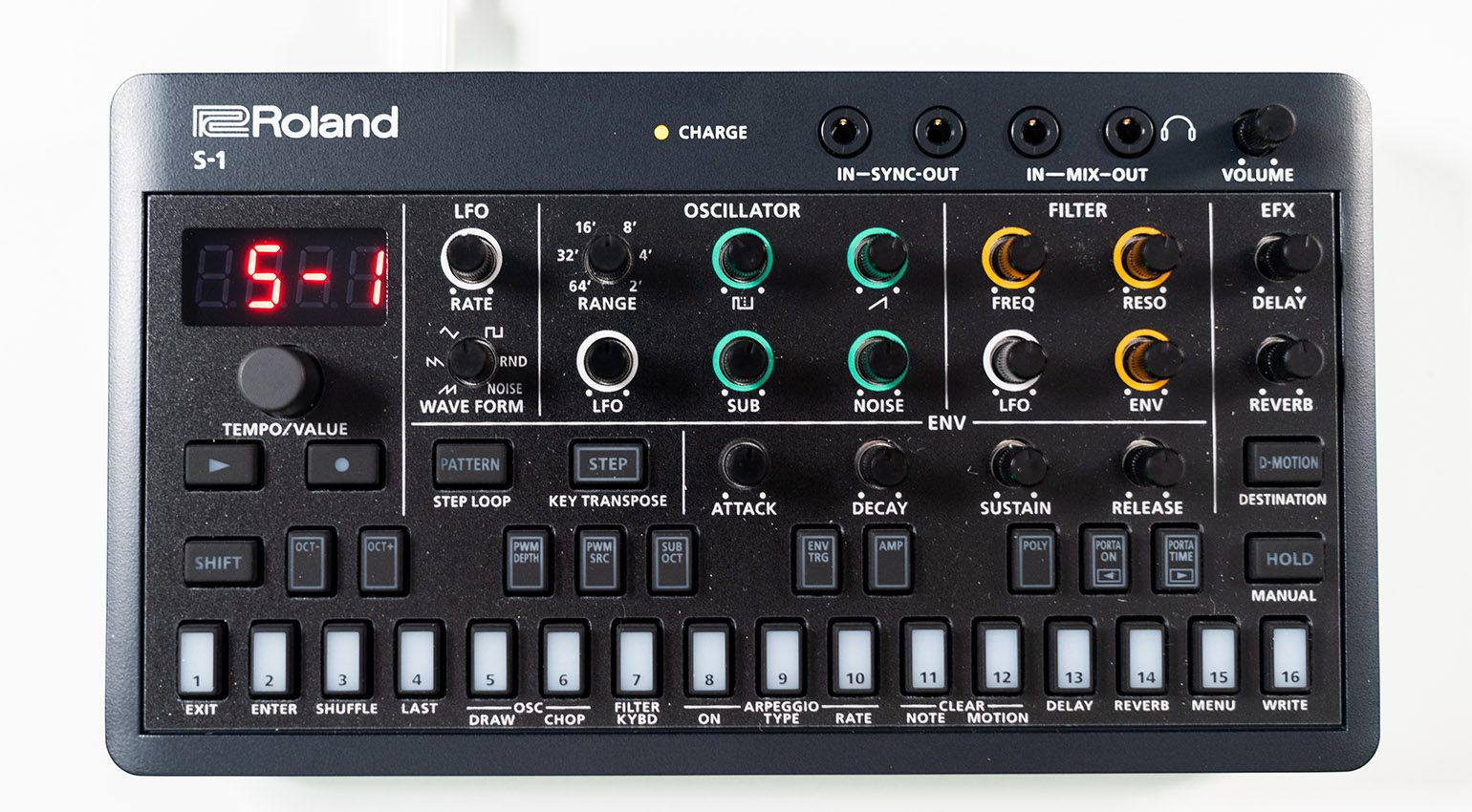
The hardware weighs 305 grams and is sized at 188 x 106 x 36,2 mm (W x T x H). The S-1 has 19 small encoders, an on/off switch on the back, a clickable, gridded endless encoder, and 33 rubber buttons. A variety of patches for every setting (sequencer, effects, and sound) can be stored and accessed in the digital storage. In addition to the synth, there is a USB-C to USB-A cable, a short safety description, a card with the serial number for registration, and a QR code to the companion website in the box.
For I/O (all mini jack), you’ll get a stereo output (headphones or mix), an audio input, sync in/out and MIDI In/Out (Typ A). The USB-C port can simultaneously be used for charging and USB-Audio/MIDI. The lithium-ion battery has a runtime of 4.5 hours, and it can be charged via USB. Additional information and the manual are available on the website.
Pros and Cons Roland AIRA S-1 Tweak Synth
Pro
- small and light
- gyroscope
- battery operated
- versatile sounds
- surprisingly “fat” sound
Cons
- Hard to get into sound design without consulting the manual a lot
- Background noise when connected to the computer via USB
More on the S-1 and Roland
Videos on the Roland AIRA S-1 Tweak Synth
You are currently viewing a placeholder content from YouTube. To access the actual content, click the button below. Please note that doing so will share data with third-party providers.
* This post contains affiliate links and/or widgets. When you buy a product via our affiliate partner, we receive a small commission that helps support what we do. Don’t worry, you pay the same price. Thanks for your support!
 4,0 / 5,0 |
4,0 / 5,0 | 